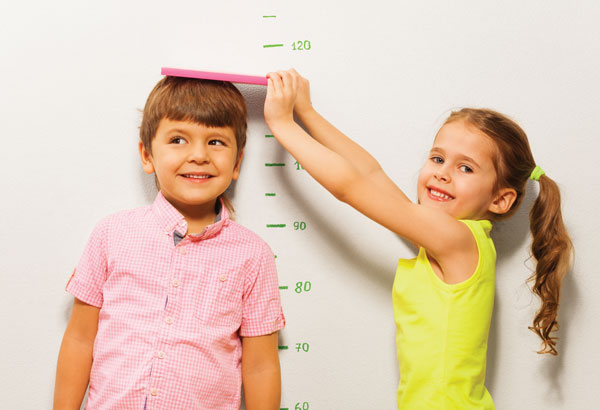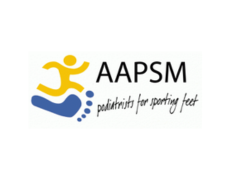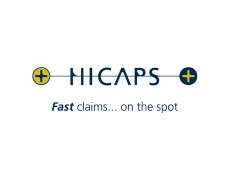Growing pains is a common term discussed by parents. Growing pains are described as achy muscle pain that affect some pre-schoolers and primary school children.
Growing Pains: ‘Non-specific leg pain which affects otherwise healthy children.’ (Evans 2010)
The cause of growing pains remains unclear. The following theories however are major contributors:
- Increased activity – strenuous activities such as running, jumping and sports may result in muscle tiredness and pain in the feet and legs.
- Poor lower limb posture – children who have collapsing arches (over-pronation) have more stress placed on their feet and legs and are often more prone to suffering ‘growing pains’.
- Tight muscles – during growth children often have tight muscles which places more stress on tendons, bones and joints and can contribute to more generalised pain.
- Joint hypermobility – where the ligaments are more ‘stretchy’ than they should be and therefore cannot provide adequate support to the joints. This means muscles in the feet and legs have to work harder to provide the stability – often resulting in generalised pain.
How is this condition treated?
If your child is experiencing leg pain, it is also important to rule out other possible medical conditions such as arthritis or infection. In most cases, growing pains will be felt in both legs. Therefore if the pain occurs in only one leg, thorough consideration and investigation into other possible diagnoses is required.
Once a diagnosis of growing pains has been confirmed, successful treatment may involve one or more of the following
- Therapeutic massage of the affected area/s.
- Relative rest-reducing activity levels to a more sustainable level when pains begin to develop.
- Address lower limb biomechanics if it’s a contributing factor – if your child has poor foot posture, tight muscles or joint hypermobility they are more prone to getting generalised, over-use leg pains.
- A child specific stretching program as prescribed by your podiatrist
- Foot orthoses to improve biomechanics
- Understanding and reassurance by parents or guardians.
Early intervention is the most important part in helping these children achieve the best and fastest results. Podiatry is an essential ingredient in treating this condition. Don’t let your child suffer from ‘growing pains’ when it can be managed successfully.






